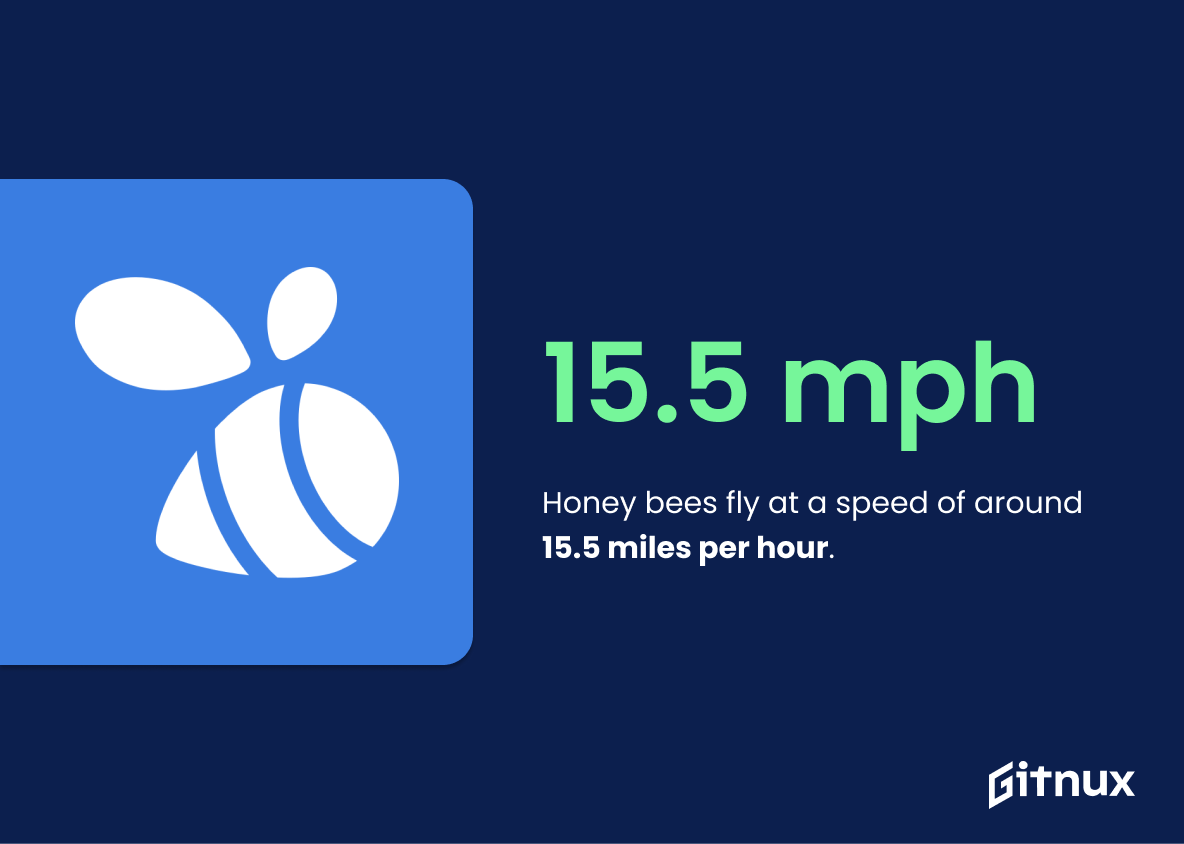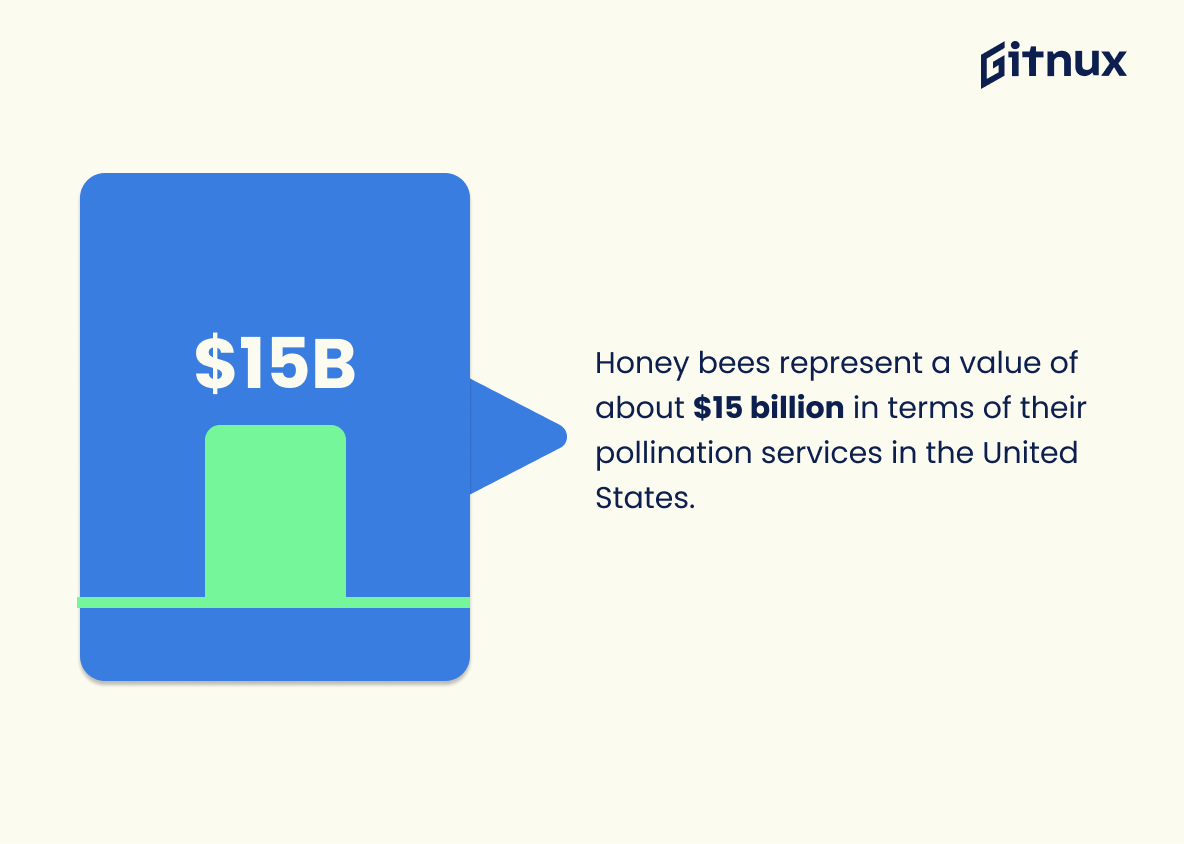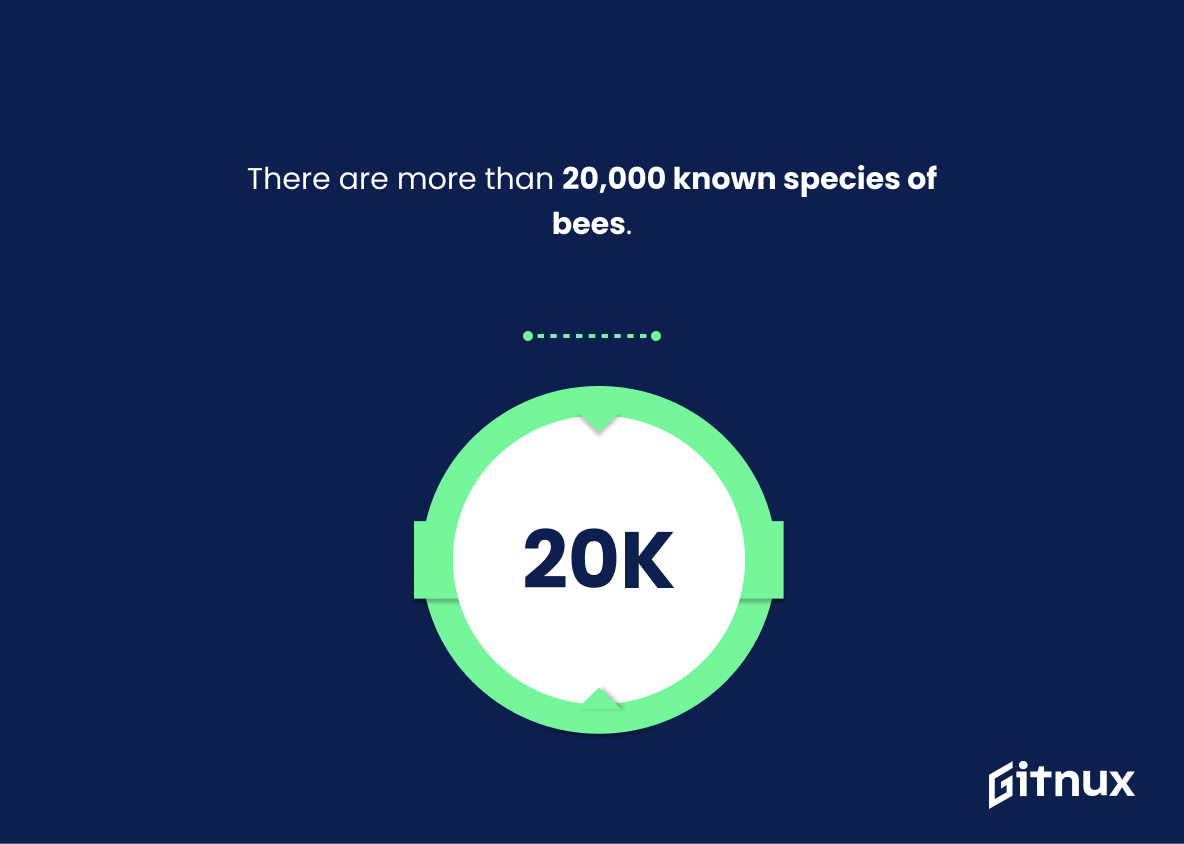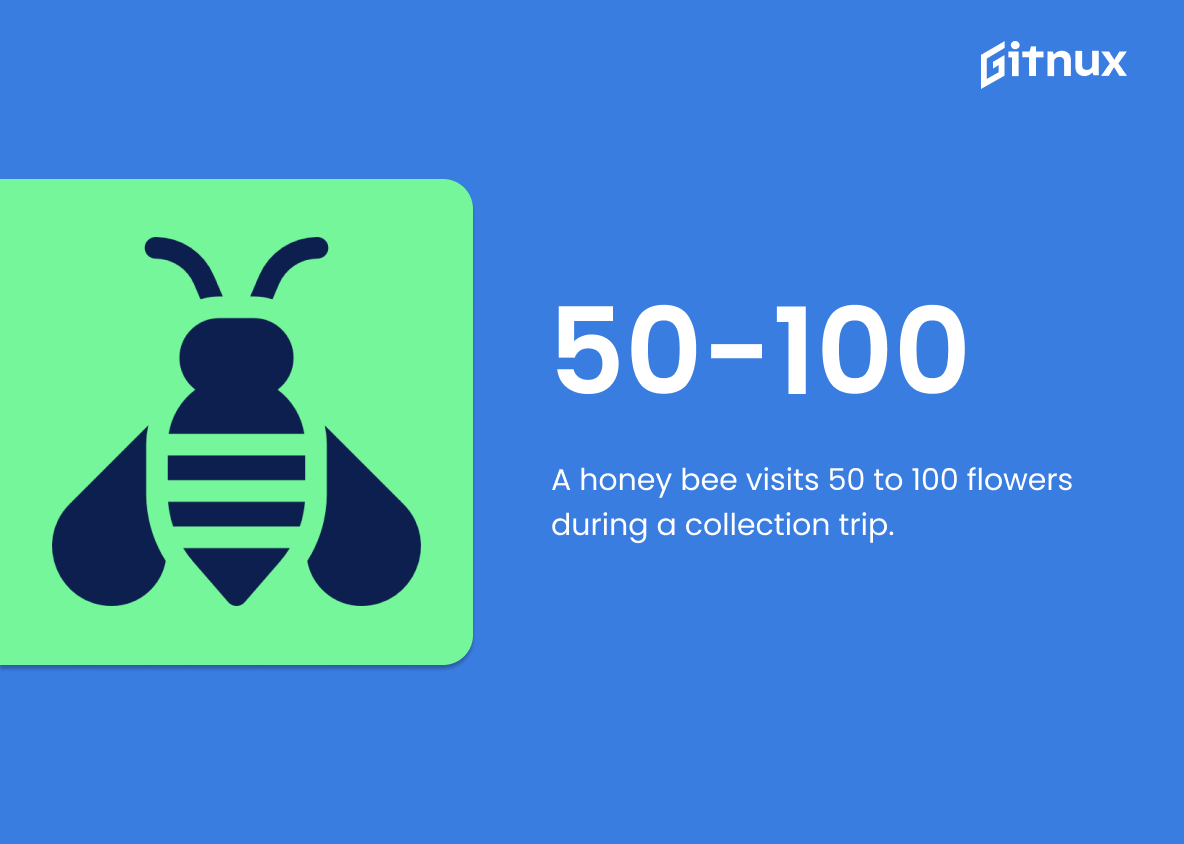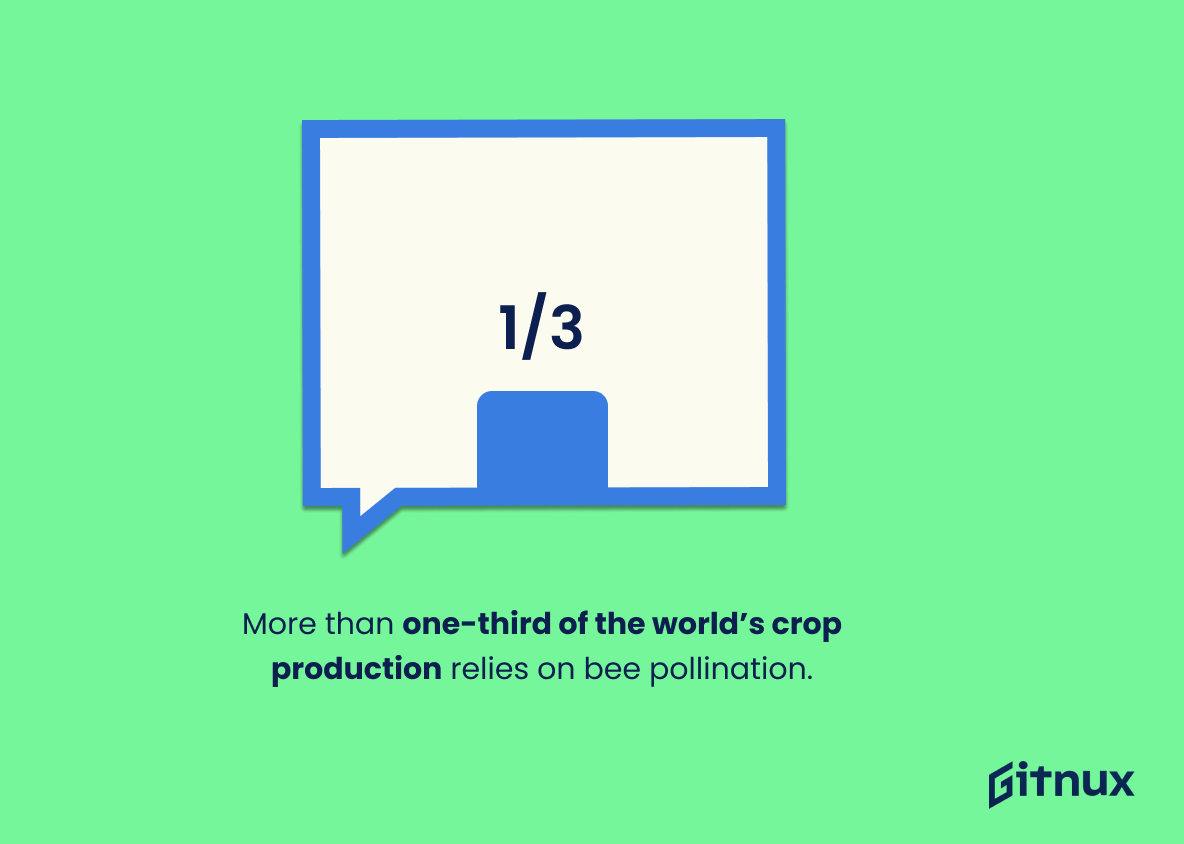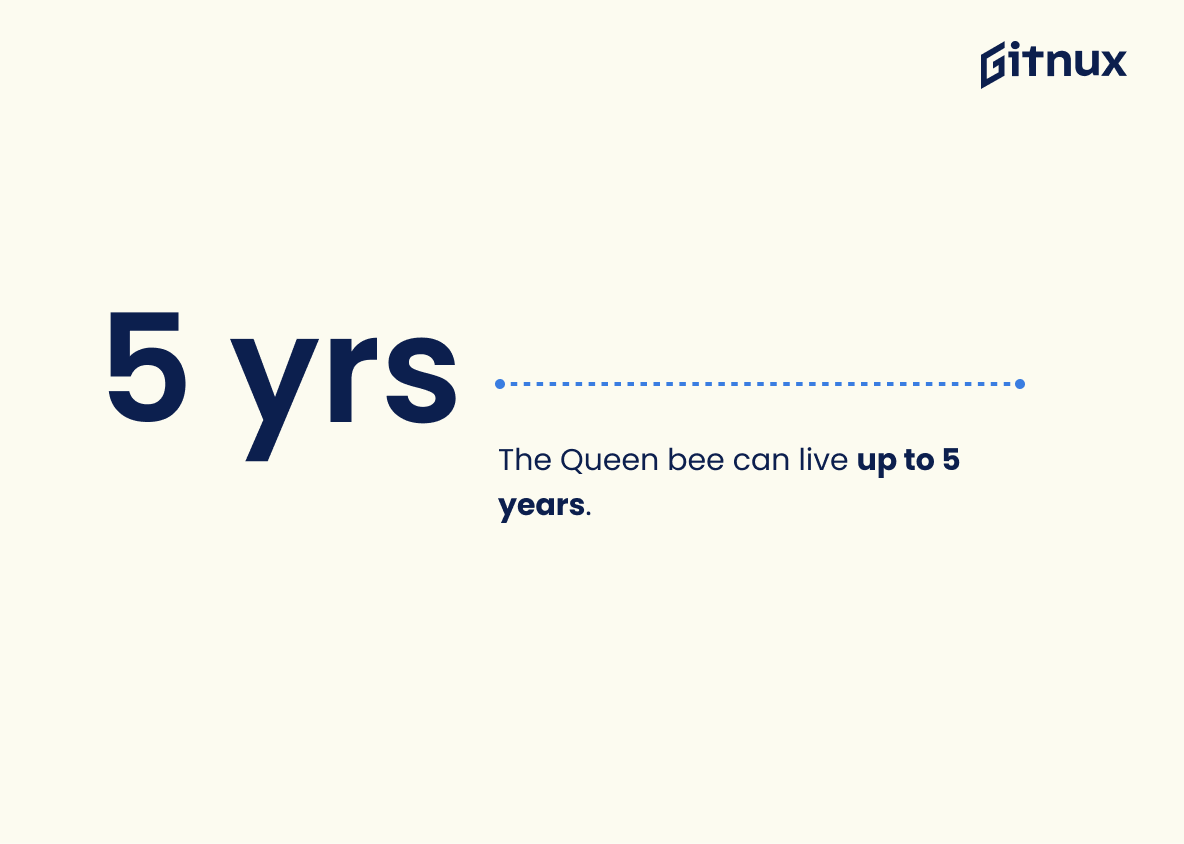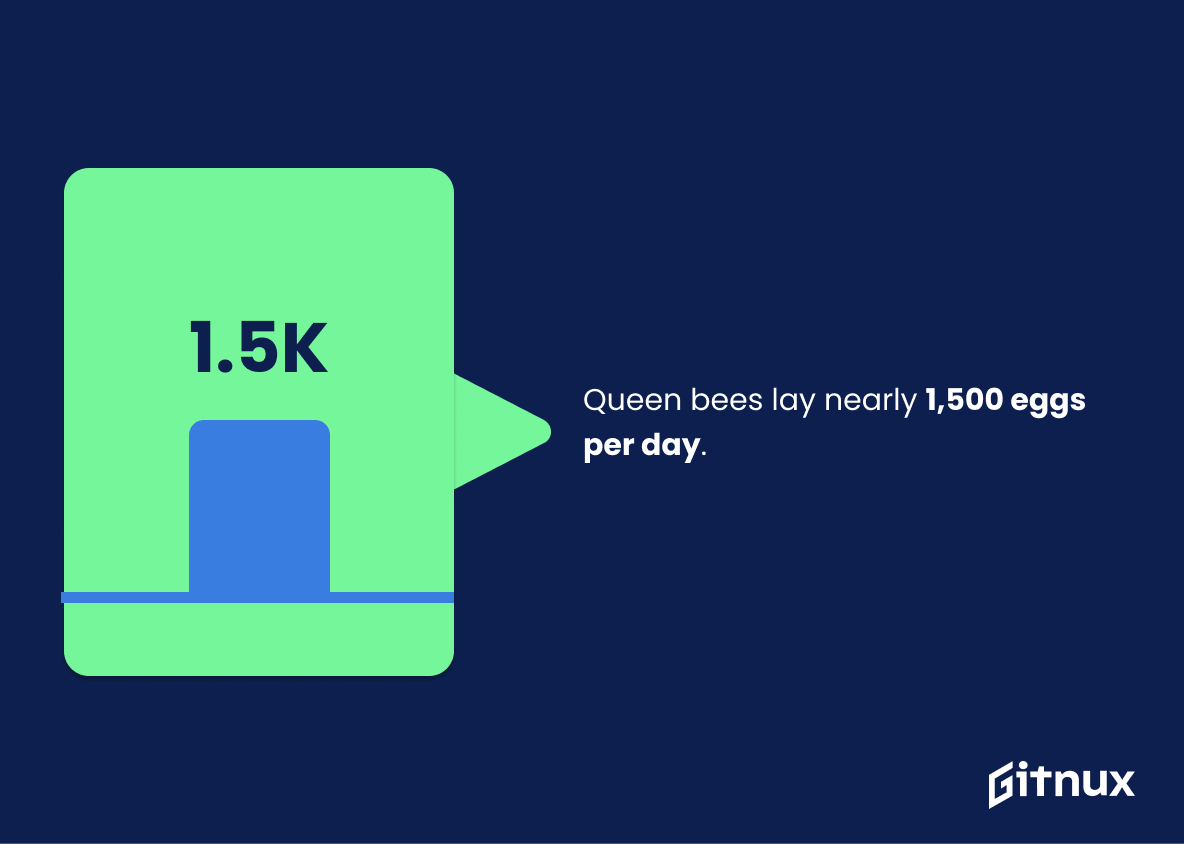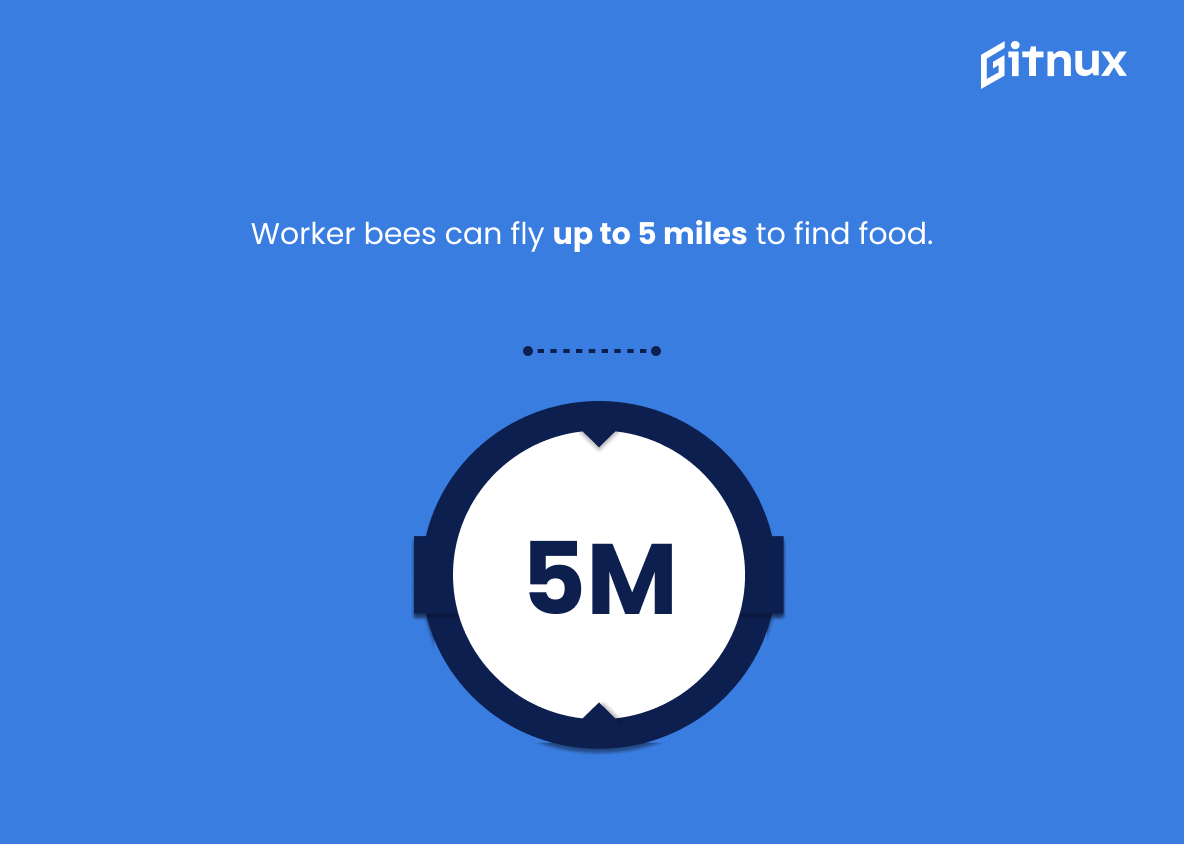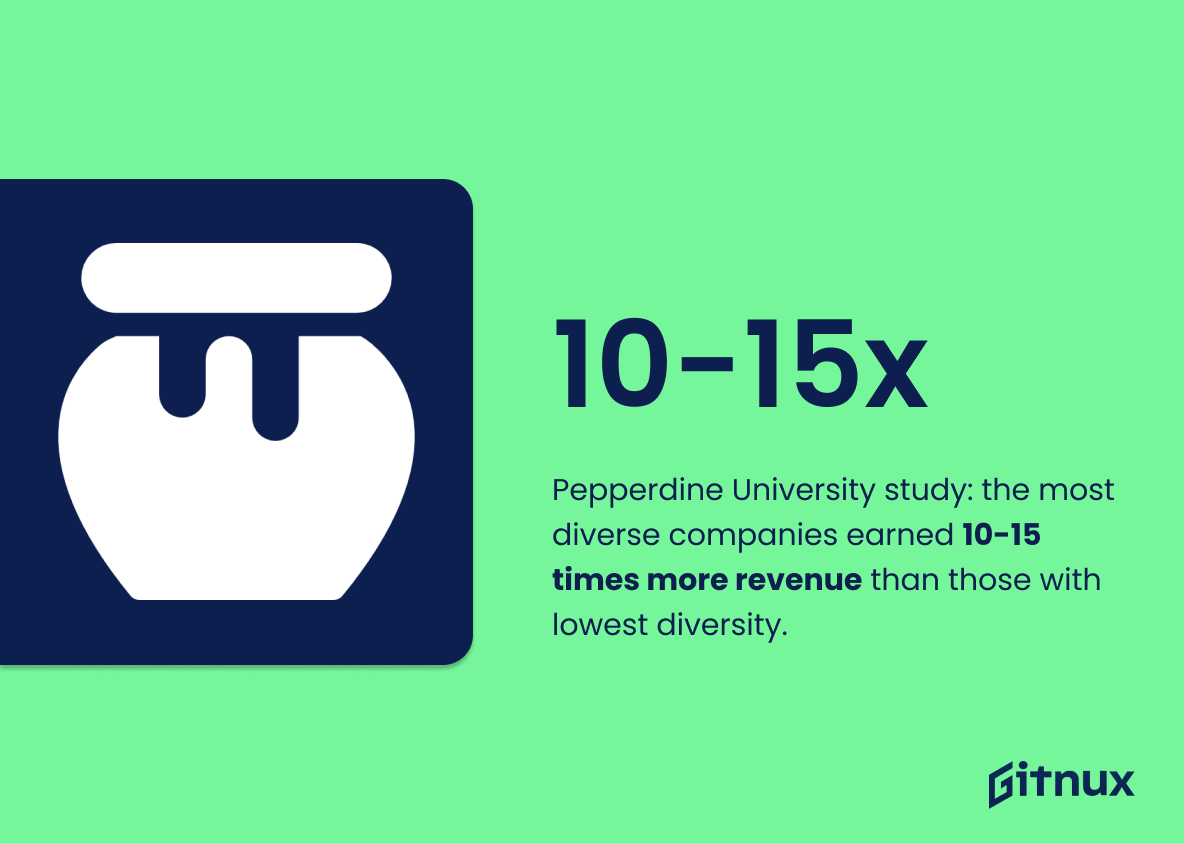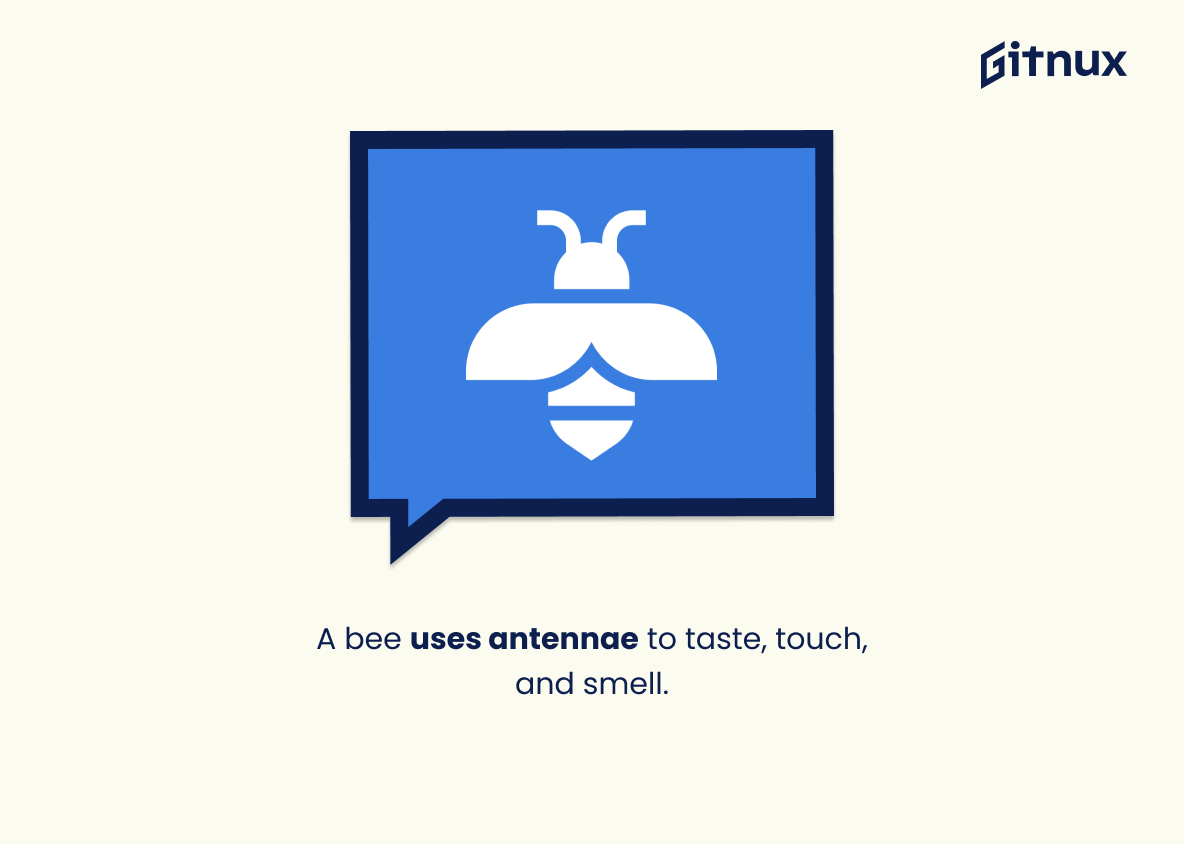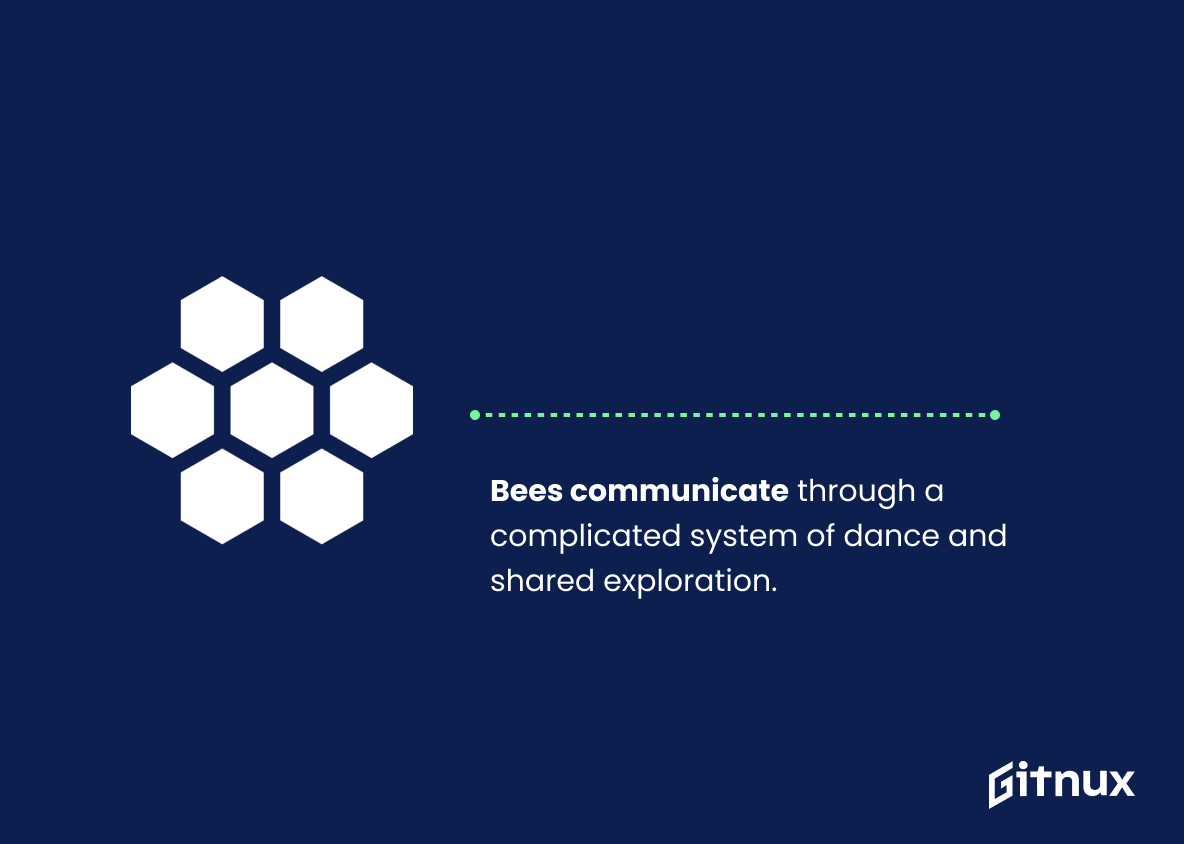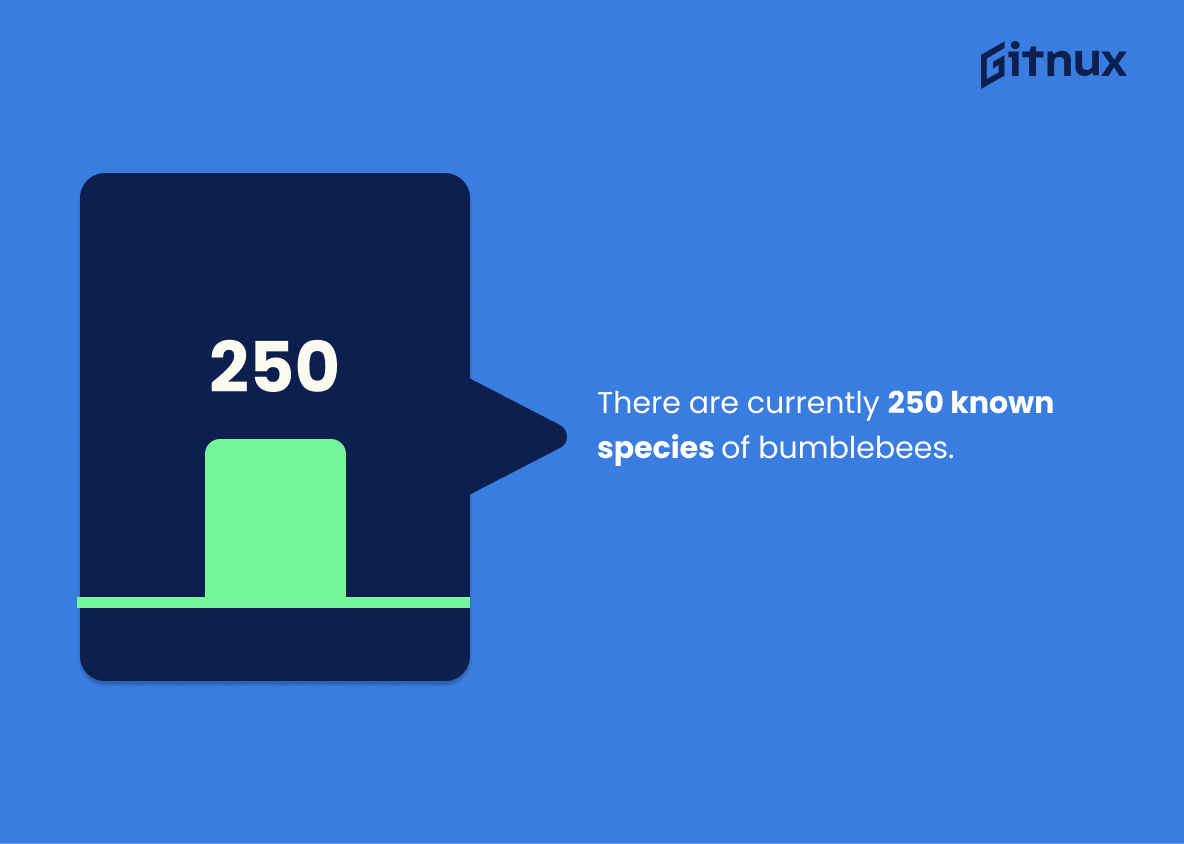Venture with us into the buzzing world of apiculture as we delve into the realm of fascinating bee statistics. Bees are more than just nature’s little black and yellow workers – they play a vital role in our ecosystem, especially in pollination. This blog post is a honeycomb of facts, figures, and insights that illuminates the current state of the global bee population, their impact on agriculture, and threats to their existence.
From hobbyist beekeepers to environmental enthusiasts, there’s a hive of information here for everyone. Discover the incredible world of bees through the lens of data and empirical evidence, and gain a newfound appreciation for these tiny winged wonders.
The Latest Bee Statistics Unveiled
Honey bees fly at a speed of around 15.5 miles per hour.
Dipping into the wonderous world of bee statistics, it is quite fascinating to see that honey bees can zip through the air at speeds of around 15.5 miles per hour. Just imagine, these little pollinators, vital for our ecosystem, are not merely hovering about lazily from flower to flower; they’re equivalent to mini aero tugs flying at great speeds.
This revelation provides a testament to their efficiency and level of activity necessary to maintain our intricate web of life, amplifying our respect for these tireless workers. This integral statistic paints a vivid picture of the extraordinary capabilities bottled into their diminutive size. Such insights not only enrich our appreciation for honey bees but also underscore the importance of their conservation.
One bee will make 1/12 of a teaspoon of honey in its entire life.
Painting a vivid picture of a bee’s laborious life, the intriguing statistic whispers of the monumental effort that goes into every tiny spoonful of honey that graces our breakfast tables. It orchestrates a sweet symphony of calculations, putting into stark perspective the magnitude of work undertaken by our buzzing friends. In the colossal hive of our blog post about bee statistics, it flies as a powerful reminder of the industrious nature of these tiny, yet significant creatures – a testament to their pivotal role in our ecosystem, and, indeed, our lives. It’s not just a statistic, it’s a narrative – bridging the gap between numerical facts and the everyday reality of bees’ existence.
Honey bees need to visit between 50 and 100 flowers to fill their stomachs.
Just imagine, a single honey bee embarking on a grand tour of 50 to 100 flowers simply to fulfill its nutritional needs. It’s not just a testimonial to the incredible industriousness of these tiny creatures, but it’s also a testament to the remarkable intricacies of our environment. When understanding bee statistics, this vivid give-and-take between pollinators and blooms illuminates the fundamental role bees play in the life cycle of flowering plants.
Furthermore, the tiniest change in this delicate balance can have significant implications, such as potentially affecting our food supply, if the patterns of bee behavior like this are disrupted. Indeed, each number in the realm of bee statistics, including this one, reveals not just a fact, but a story woven into the fabric of the natural world.
Honey bees represent a value of about $15 billion in terms of their pollination services in the United States.
Unveiling this numerical jewel, we discover the surprisingly large economic impact of a creature as small as a honey bee. Buzzing at a hefty $15 billion, honey bees wield their power not through forming hives or creating honey, but through providing indispensable pollination services in the United States. Any discourse on Bee Statistics would be incomplete without acknowledging this significant value.
The magnitude of this figure underscores not only the economic importance of bees, but also the critical role they play in our agriculture and food supply systems. Emphasizing on this monetary figure, we connect the dots between the environmental significance of bees and the direct knock-on effects they have on our economy, a profound link that enhances the potential interest and understanding of our readers.
There are more than 20,000 known species of bees.
Featuring a stunning array of over 20,000 known bee species, Mother Nature exemplifies diversity at its most intricate detailing. In terms of a blog post revolving around bee statistics, this numerical figure unfolds a captivating narrative of incredible biological diversity, paving the way for further discussions on the unique characteristics of each species, their distinct habitats, the varying roles they play in ecosystems, and their individual contributions to our food system through pollination.
With each bee species varying in size, behavior, and lifestyle, this multitude lends itself to countless studies and narratives, making for an engaging and enlightening exploration into the buzzing world of bees.
A honey bee visits 50 to 100 flowers during a collection trip.
Buzzing from flower to flower, honey bees embark on rigorous collection trips every day. However, they are not engaging in a mere countryside jaunt. The statistic highlighting that a honey bee visits 50 to 100 flowers during each of these trips serves as an indispensable indicator of their industrious nature. But more importantly, it underscores their crucial role in the agriculture industry.
Each visit represents not just an act of nectar collection, but a moment of pollination, the silent engine driving the growth of a vast majority of our food crops. In the grand scheme of things, the continuous efforts of these tiny pollinators illustrated by this statistic, illuminate a potent narrative of ecological interdependence, honey production, and food security. One cannot talk of bee statistics without acknowledging this immense contribution.
More than one-third of the world’s crop production relies on bee pollination.
Showcasing the significant role that our tiny, buzzing companions play in maintaining the world’s food balance, this statistic underscores the fact that a plentiful third of the global crop yield is indebted to bee pollination. In the realm of bee statistics, this figure becomes even more profound, etching a narrative about these industrious pollinators who, click by click of their wings, stitch together a significant fraction of our food fabric.
From honey to apple orchards, from the blooming flora to the silent propagation of numerous plant species, each owes bees a nod of gratitude. A world without bees would not only miss the sweet honey but a sizeable chunk of food from our plates, making this statistic a stark reminder of our interdependence in this intricate web of life.
The Queen bee can live up to 5 years.
In diving headfirst into the fascinating realm of bee statistics, one arresting fact emerges quite prominently – the possible longevity of a Queen bee’s life, which can extend up to 5 remarkable years. This statistic is pivotal, not only as a fascinating factoid but also for understanding the dynamic longevity gaps within a bee colony.
It serves to underscore the astonishing lifespan discrepancy between the industrious workers and the monarchy they serve. Worker bees, so named for their relentless contributions to the maintenance and survival of the colony, rarely live beyond 6 weeks in the summer. In contrast, their monarch counterparts, with a lifespan reaching half a decade, lead an existence that is nearly hundredfold longer. This drastic contrast in lifespans within the same hive not only sheds light on the complex social structure of bees but also prompts deeper exploration into the physiological differences amongst these intriguing insects.
Additionally, this statistic breathes life into the hidden world of hives, spotlighting the queen’s extended reign and her irreplaceable role in ensuring the survival of her progeny and the colony. Therefore, it emerges as a central pivot in our exploration of bee demographics, a factor without which the entire picture of hive dynamics would remain incomplete.
Queen bees lay nearly 1,500 eggs per day.
Harnessing the hum of productivity, the busy queen bee, in her tireless hustle, populates an entire hive by laying nearly 1,500 eggs daily. This astounding number illustrates the crucial role she plays in the survival and growth of bee colonies. By diving into this numerical nugget, we can appreciate the arduous task of the queen and the fascinating social structure of bee hives.
We also glimpse the potential impact a decline in queen bee health or productivity could have on the buzzing world of bees – understanding the queen’s prodigious reproduction aids in broader ecosystem awareness, from honey production to pollination, and reminds us the importance of protecting these minuscule monarchs.
Worker bees can fly up to 5 miles to find food.
Delving into the industrious world of bees, it’s riveting to discover that worker bees can journey up to 5 miles in their quest for food. This intriguing fact not only underscores their tenacity and determination but also gives us insight into the expansive radius within which bees can impact plant pollination and ecosystems.
Ponder over the 5-mile radius buzzing with activity. This statistic paints a fascinating portrait of the bees’ laborious life, carving a deeper understanding and appreciation of their crucial role in nature. For any avid bee enthusiast or statistician navigating the hives in the realm of bee statistics, this fact is both a nectar of knowledge and a compass to grasp the vast spectrum of their environmental impact.
Worker bees maintain the hive’s temperature by either fanning their wings or huddling together.
In the buzzing world of bee statistics, ever wondered how worker bees play the role of living thermostats? By fanning their wings or huddling together, they diligently regulate the hive’s temperature. This beguiling fact offers profound insights into the intricate societal structure of bees and showcases their collective team-effort, making it an utterly tantalizing data point in our exploration of bee behavior and evolution.
Whether you are an apiarist or just passionate about bees, this nugget of information deepens your understanding and encourages you to further delve into the intriguing life of bees. This information, effectively, proves to be honey for the mind, drip-feeding us with knowledge about their complex survival strategies.
A bee uses antennae to taste, touch, and smell.
Unpacking the sensory prowess of a bee through this insightful statistic can be a fascinating addition to a blog post about Bee Statistics. Observing how bees, with their intricate antennae, employ their senses to taste, touch, and smell is not just an enthralling piece of information.
It shines a light on their complex behavioural rituals, influencing hive communication, determining habitat preferences and food sources, thereby ultimately impacting their population dynamics. This captivating detail casts a valuable framework for readers to understand intricate biological facets, and overall ecological impact, allowing for a more comprehensive dissection of Bee Statistics.
Bees communicate through a complicated system of dance and shared exploration.
Delving into the intriguing sphere of bee communication comes as a fascinating segway on our statistical journey. This dance of information exchange, complex as it is, yields vital insights into the functioning of bee colonies. Detailed statistical analyses of these behavioral patterns can serve as invaluable markers of hive health, population variations, and exploration tendencies.
Understanding these numbers grants us more profound insights into their resilience against threats and survival strategies, ultimately enriching our grasp of environmental interdependencies. As we stride forth among buzzing hives and fluttering wings, each statistical revelation manifests as a riveting tale of survival, adaptation, and teamwork in the apiarian world.
There are currently 250 known species of bumblebees.
Unveiling the array of 250 distinct species of bumblebees underscores the immense diversity nestled within the bee kingdom. This numeric revelation helps paint a vibrant image of the wide-ranging ecological roles these golden buzzers fill as cross-continental pollinators. It unravels a much larger story – one of evolution, adaptation, and the finely tuned balance of our ecosystems, interconnecting a modest blog post on Bee Statistics to the grandeur of global biodiversity.
Conclusion
In summation, the world of bees is more intricate and crucial than we may initially comprehend. The statistics we’ve explored outline not only the fascinating intricacies of bee behavior and biology but also underline their indispensable role in global ecosystems and agriculture. The decline in bee populations is a pressing issue that calls for prompt action.
Armed with these significant statistics, we must work diligently and collectively to protect these incredible pollinators for the sustainability of our environments, economies, and food systems. As we continue our journey to understand and protect them better, the power of these small, yet tremendously impactful creatures will continue to enlighten and inspire us.
References
0. – https://www.www.wired.com
1. – https://www.www.smithsonianmag.com
2. – https://www.bumblebeeconservation.org
3. – https://www.www.natgeokids.com
4. – https://www.www.scientificamerican.com
5. – https://www.www.buzzaboutbees.net
6. – https://www.www.thoughtco.com
7. – https://www.www.beeculture.com
8. – https://www.www.sandiegozoo.org
9. – https://www.www.worldbeeday.org
